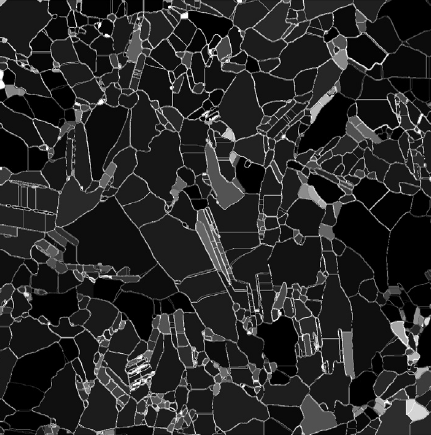News
SWIR Imaging: Principles & Applications
15th Apr, 2020
High-resolution imaging is fundamental to success in a broad range of application areas, encompassing myriad different methods and technologies. Many of the oldest and most trusted imaging tools are based on optics, such as cinematography and photography, which record light/electromagnetic radiation to reproduce visual representations of objects. These can be further subdivided by their optical sensitivity. For instance, SWIR imaging is sensitive to short-wave Infrared wavelengths between 900 – 1700 nanometres (nm).
All objects absorb/reflect light characteristically. The human eye perceives the color of objects based on the spectral wavelengths of light that they reflect relative to ambient conditions (i.e. luminance). Conventional cameras emulate this process by using image sensors sensitive to the visible portion of the electromagnetic spectrum (~380 – 750 nm). Consequently, the insights that facility managers, process engineers, and researchers can gain from conventional visible light-based optics are limited.
As mentioned, SWIR imaging is sensitive to a select portion of the electromagnetic spectrum’s infrared region; between near-infrared (NIR) and mid-wave infrared (MWIR). It is unique to both visible imaging and other forms of photography based on IR radiation in that it is neither affected by poor ambient conditions nor reliant on thermal emissivity. In this article, we will explore how this benefits an array of applications, from astronomy to industrial sorting.
We discussed the principles of SWIR imaging in a previous blog post: What is SWIR Imaging? Refer to that article for more detail on the working principles of SWIR cameras.
Astronomy
SWIR imaging is used in astronomy studies associated with the photometric passbands J, H, and K; with effective wavelength midpoints of 1220 – 2190 nm. They excel due to their non-sensitivity to atmospheric phenomena, high frame rates, and low noise levels.
Active Imaging & Enhanced Vision Assistance
Active SWIR imaging is ideal for long-range reconnaissance and surveillance due to the use of invisible laser illumination and gated viewing. This is ideal for night vision applications, or for imaging through severe obscurants (fog, smoke, etc.). SWIR cameras are subsequently used for active imaging and enhanced vision assistance in automotive, aerospace, security, and surveillance applications.
Free Space Optical Communication
Free space optical (FSO) communications can wirelessly transmit data at high speeds via line of sight IR signals. SWIR cameras are proving instrumental in FSO communications due to their low noise and high frame rates irrespective of ambient/atmospheric conditions.
Hyperspectral Imaging
A powerful tool for non-contact molecular analysis, SWIR hyperspectral imaging can determine the chemical composition of objects down the molecular scale. This yields a three-dimensional data set that can be separated to gain an understanding of how spectra differ in different spatial areas of the image.
Industrial Sorting
SWIR imaging is increasingly commonplace in industrial quality assurance and control (QA/QC), providing insights into various material qualities that cannot be detected by conventional optics, such as bulk dryness or opaque container fill levels.
Product Inspection
SWIR cameras excel at on-line electronics inspection, particularly for quality assurance and control (QA/QC) of semiconductors like silicon (Si) ingots, boules, and wafers. Short-wave IR signals can illuminate extremely fine and small scale defects in intermediary semiconductor goods, such as mis-alignment of surface etchings or microcracks, which could impact the performance of products downstream, from integrated circuits (ICs) intended for consumer electronics to solar cells.
Biological Imaging
SWIR imaging has proven a powerful tool for deep photon penetration of biological tissues, particularly as a replacement to ionizing radiation sources (i.e. X-rays) which can cause harm. It is currently used as an optical diagnostic tool for preclinical studies in small and large animals, with the potential to support/supplant high-energy medical imaging tools in certain clinical settings in the future.
SWIR Imaging with Photonics Science
Photonics Science is one of the world’s foremost suppliers of high-reliability SWIR imaging solutions for any application. In this post, we have explored just a short selection of the applications that high-resolution SWIR cameras are readily servicing today. For more information about how our SWIR imaging products are being used in industrial and research spaces, simply contact a member of the Photonics Science team today.


